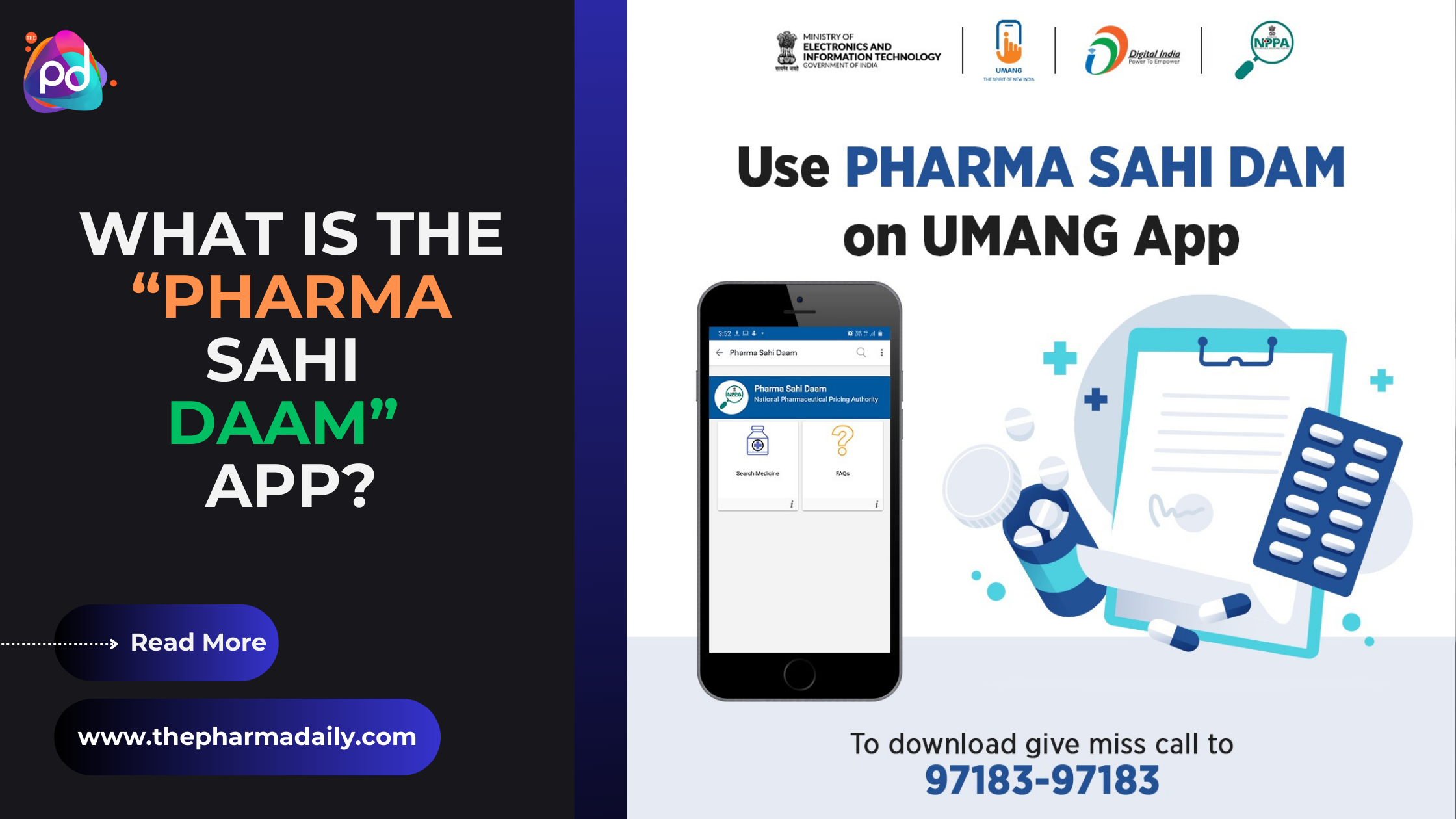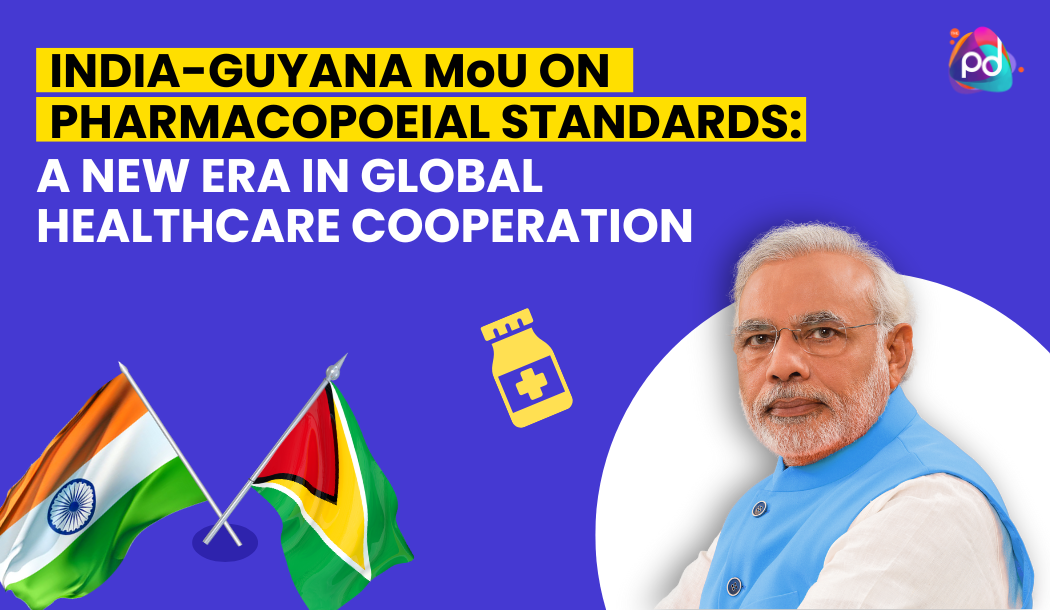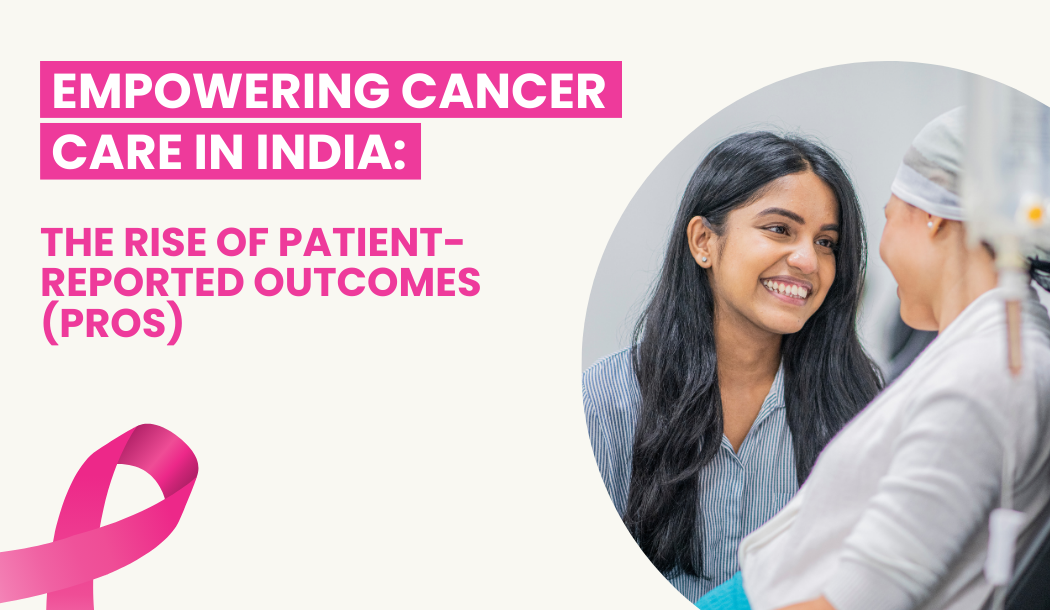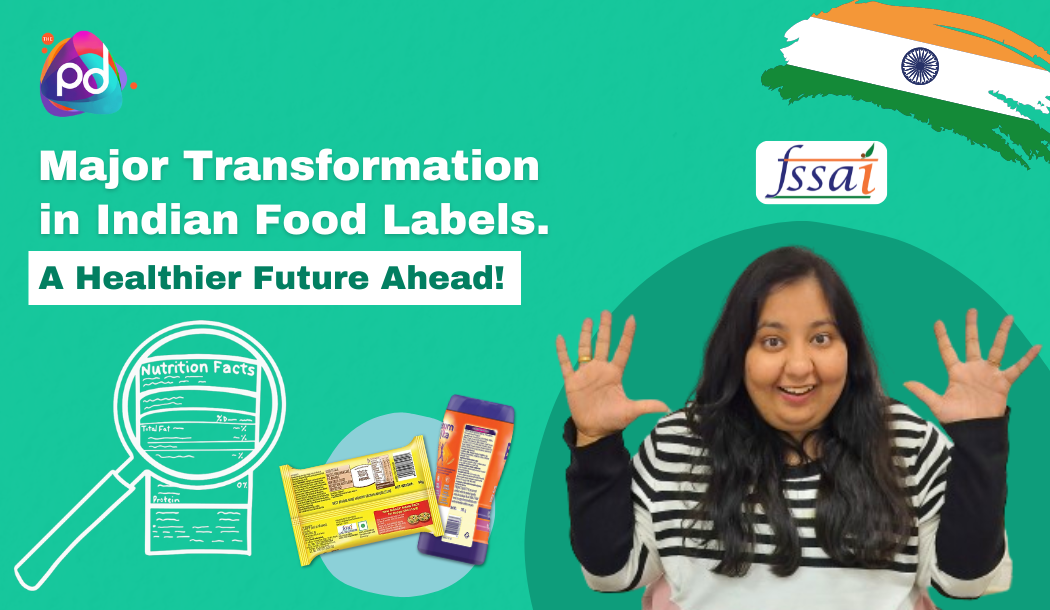Pharma Sahi Daam App: Revolutionizing Medicine Price Transparency in India
Interview Preparation Guide for Pharmacovigilance Trainee Associate Position at Sojar Research Pvt Ltd
Introduction to Sojar Research Pvt Ltd
Sojar Research Pvt Ltd is a leading clinical research organization dedicated to enhancing drug safety through rigorous pharmacovigilance practices. The company is renowned for its commitment to ensuring patient safety by monitoring and evaluating the adverse effects of pharmaceutical products. Joining Sojar Research Pvt Ltd as a Pharmacovigilance Trainee Associate offers a unique opportunity to contribute to the healthcare industry while gaining valuable experience in drug safety and regulatory affairs.
Top 20 Interview Questions and Answers for Pharmacovigilance Trainee Associate
Question 1
Q: What is pharmacovigilance, and why is it important?
A: Pharmacovigilance (PV) is the science and activities related to detecting, assessing, understanding, and preventing adverse effects or any other drug-related problems. It is crucial for ensuring drug safety, protecting patients from harm, and maintaining public health.
Question 2
Q: Can you explain the difference between an adverse event and an adverse drug reaction?
A: An adverse event (AE) is any untoward medical occurrence in a patient or clinical trial subject administered a pharmaceutical product, regardless of a causal relationship. An adverse drug reaction (ADR) is a response to a drug that is noxious and unintended, and occurs at normal doses used in humans for prophylaxis, diagnosis, or therapy.
Question 3
Q: What are the main responsibilities of a pharmacovigilance associate?
A: The main responsibilities include:
- Collecting, processing, and evaluating adverse event reports.
- Ensuring compliance with regulatory requirements.
- Conducting signal detection and risk management activities.
- Preparing and submitting safety reports to regulatory authorities.
Question 4
Q: Describe the concept of signal detection in pharmacovigilance.
A: Signal detection involves identifying potential safety issues from various data sources, such as spontaneous reports, clinical trials, and literature. It helps in recognizing new, rare, or unexpected adverse effects of drugs.
Question 5
Q: What is the purpose of a Risk Management Plan (RMP)?
A: A Risk Management Plan (RMP) outlines the strategies to identify, characterize, prevent, or minimize risks associated with a medicinal product. It ensures that the benefits of the drug outweigh the risks throughout its lifecycle.
Question 6
Q: How do you differentiate between expedited and periodic reporting?
A: Expedited reporting involves the immediate submission of individual case safety reports (ICSRs) for serious adverse reactions within a specified time frame. Periodic reporting involves the submission of aggregated safety data, such as Periodic Safety Update Reports (PSURs), on a regular basis to provide an overall safety profile of the drug.
Question 7
Q: Explain the term ‘serious adverse event’ (SAE).
A: A serious adverse event (SAE) is an undesirable experience associated with the use of a medical product that results in death, is life-threatening, requires hospitalization or prolongs existing hospitalization, results in persistent or significant disability/incapacity, or is a congenital anomaly/birth defect.
Question 8
Q: What are the steps involved in the case processing of an adverse event report?
A: The steps include:
- Data collection and case intake.
- Data entry and coding.
- Medical review and causality assessment.
- Narrative writing.
- Quality control and case closure.
Question 9
Q: What is MedDRA, and why is it used in pharmacovigilance?
A: MedDRA (Medical Dictionary for Regulatory Activities) is a standardized medical terminology used to facilitate the sharing of regulatory information internationally. It is used in pharmacovigilance for coding adverse event data consistently across different regulatory submissions.
Question 10
Q: Describe the concept of causality assessment in pharmacovigilance.
A: Causality assessment is the process of determining the relationship between a drug and an adverse event. It involves evaluating the temporal relationship, de-challenge and re-challenge information, biological plausibility, and other factors to conclude whether the drug likely caused the adverse event.
Question 11
Q: What is the role of the Pharmacovigilance Risk Assessment Committee (PRAC)?
A: The PRAC is a committee within the European Medicines Agency (EMA) responsible for assessing and monitoring the safety of human medicines. It provides recommendations on risk management, post-authorization safety studies, and safety communication to ensure the safe use of medicines in the EU.
Question 12
Q: Explain the term ‘benefit-risk assessment’.
A: Benefit-risk assessment is the evaluation of the positive therapeutic effects of a drug against its potential risks (adverse effects). It is a continuous process throughout the drug’s lifecycle to ensure that the benefits to patients outweigh the risks.
Question 13
Q: What are spontaneous reports, and how are they used in pharmacovigilance?
A: Spontaneous reports are unsolicited communications by healthcare professionals or consumers about adverse events related to the use of a medicinal product. They are a primary source of safety information and are used for signal detection and risk assessment in pharmacovigilance.
Question 14
Q: How do regulatory authorities use Individual Case Safety Reports (ICSRs)?
A: Regulatory authorities use ICSRs to monitor the safety of medicinal products, identify new risks, evaluate the benefit-risk balance, and make regulatory decisions such as label updates, risk minimization measures, or product withdrawals.
Question 15
Q: What is a Periodic Safety Update Report (PSUR), and what information does it contain?
A: A PSUR is a regulatory document submitted at regular intervals providing an update on the worldwide safety experience of a medicinal product. It contains information on adverse events, new safety data, risk evaluations, and benefit-risk assessments.
Question 16
Q: Explain the importance of literature review in pharmacovigilance.
A: Literature review is essential for identifying new safety information, including adverse reactions, drug interactions, and other safety concerns published in scientific journals. It helps in updating the safety profile of a drug and informing regulatory decisions.
Question 17
Q: What are the key elements of a safety database in pharmacovigilance?
A: Key elements include:
- Adverse event data entry and management.
- Case processing and workflow tracking.
- Signal detection and management tools.
- Reporting capabilities for regulatory submissions.
- Data security and compliance features.
Question 18
Q: What is the significance of good pharmacovigilance practices (GVP)?
A: GVP are a set of measures drawn up to facilitate the performance of pharmacovigilance activities within the EU. They ensure that the processes and systems in place for monitoring the safety of medicines are robust, transparent, and comply with regulatory standards.
Question 19
Q: How do you ensure data quality in pharmacovigilance?
A: Ensuring data quality involves:
- Implementing standardized data collection forms.
- Conducting regular training for staff.
- Performing quality control checks and audits.
- Using validated safety databases.
- Maintaining accurate and complete documentation.
Question 20
Q: What are the common challenges faced in pharmacovigilance, and how can they be addressed?
A: Common challenges include:
- Underreporting of adverse events.
- Managing large volumes of data.
- Ensuring data accuracy and consistency.
- Keeping up with regulatory changes.
- Addressing these challenges requires robust data collection systems, continuous staff training, automation tools for data management, and proactive communication with regulatory authorities.
Preparing for an interview at Sojar Research Pvt Ltd involves understanding the fundamentals of pharmacovigilance and being ready to discuss specific processes and regulatory requirements. By reviewing these questions and answers, candidates can gain confidence and demonstrate their knowledge effectively during the interview.
Conclusion
A career in pharmacovigilance at Sojar Research Pvt Ltd offers an excellent opportunity to contribute to patient safety and drug efficacy. By preparing thoroughly for the interview, candidates can showcase their expertise and readiness for this critical role in the healthcare industry.
Note: Make sure to review each question thoroughly and tailor your responses based on your experiences and the specific requirements of Sojar Research Pvt Ltd. Good luck!












